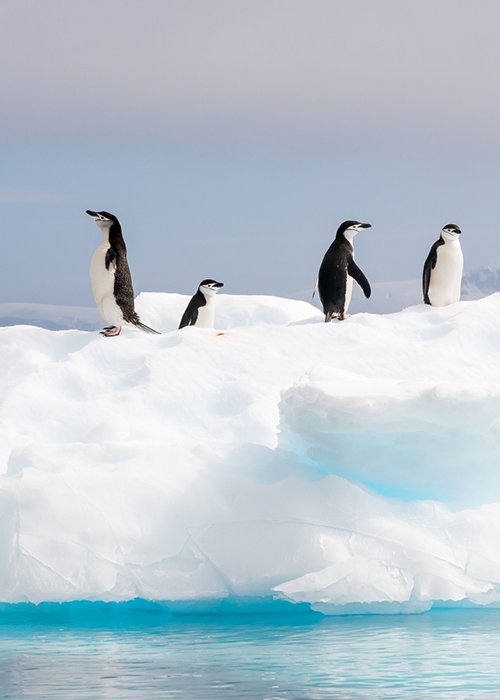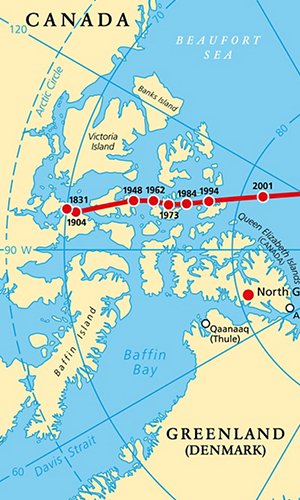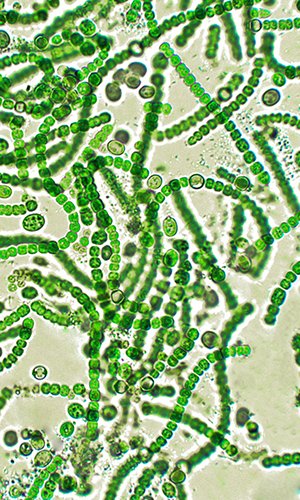When we think of penguins, we imagine cute animals living among the ice. But did you know they can also influence the climate? A group of scientists has discovered that penguin guano — in other words, their droppings — can help form clouds over Antarctica. Here’s how the mechanism works: penguin guano releases a substance into the air called ammonia. This gas, even in small amounts, is very important. Together with other substances in the air, like sulphuric acid (which comes from plankton in the sea), ammonia helps create new particles in the atmosphere. These particles grow and become the starting points for the tiny droplets of water that make up clouds. In simple terms: without enough ammonia, fewer clouds would form over Antarctica. Why penguins in particular? Scientists carried out measurements near the Marambio research station on the Antarctic Peninsula. They noticed that when the wind came from an area with a penguin colony, the amount of ammonia in the air increased significantly. Even when the penguins migrated and left the colony, the guano left behind in the soil kept releasing ammonia for weeks. Clouds help cool the Earth because they reflect some of the Sun’s light back into space. So, if penguins help create more clouds, they also help keep Antarctica’s climate colder. But there’s a problem: climate change is putting penguins at risk, as melting ice and changing conditions threaten their habitats. If penguin numbers were to decrease, there would be less ammonia, fewer clouds, and the climate could warm even more. This is an example of what scientists call a “vicious circle.” This discovery shows just how important every part of nature is. Even animals like penguins, which might seem distant from our everyday lives, can play a crucial role in how Earth’s climate works. Understanding these mechanisms better can help us protect the environment and fight climate change.



